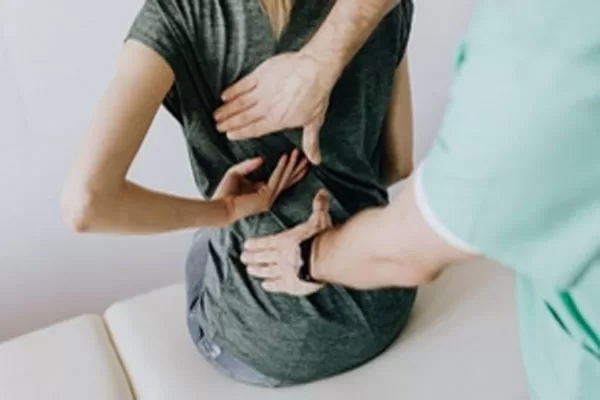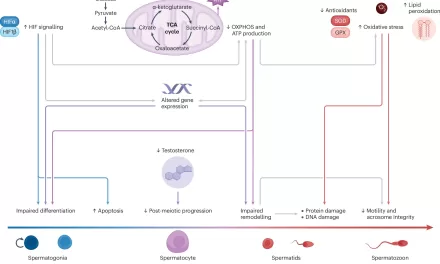National Bone and Joint Health Day Highlights the Need for Gender-Specific Treatment Approaches
Bone and joint issues are increasingly common, with women disproportionately affected by chronic pain. On National Bone and Joint Health Day, experts emphasize the necessity of understanding the gender-specific causes and effects to develop tailored treatment strategies.
Gender-Specific Causes of Bone and Joint Issues
For men, the primary contributors to bone and joint problems include high participation in contact sports, occupational hazards, and lifestyle choices such as poor diet and smoking. These factors often lead to acute injuries, which require immediate and targeted interventions.
In contrast, women are more likely to experience chronic pain from bone and joint issues due to hormonal changes, autoimmune diseases, and lower consumption of calcium and vitamin D. These factors often result in long-term health consequences, requiring sustained and comprehensive management strategies.
Hormonal Influences and Autoimmune Diseases in Women
Hormonal shifts, particularly those associated with menopause, significantly impact women’s bone health. Estrogen plays a crucial role in maintaining bone density, and its decline during menopause increases the risk of osteoporosis and osteoarthritis. Additionally, autoimmune diseases such as rheumatoid arthritis are more prevalent in women, further contributing to chronic pain and joint issues.
Vitamin D Deficiency: A Common Risk Factor
Vitamin D deficiency is a critical concern for bone health in both men and women, but it poses a greater risk for postmenopausal women. Dr. Debashish Chanda, Lead Consultant in Orthopaedics & Joint Replacement at CK Birla Hospital, highlights that 70-90 percent of the Indian population is estimated to have a deficiency in vitamin D. This deficiency is particularly detrimental to postmenopausal women, with one in three women over the age of 50 suffering from osteoporosis.
To prevent severe bone and joint issues, it is essential to seek medical help early, ideally at the first signs of weakness or bone pain. Ensuring high levels of vitamin D and vitamin B12 is crucial. “Women, particularly postmenopausal women, are more susceptible to osteoporosis and osteoarthritis. To prevent such outcomes, ensure high levels of vitamin D (ideally between 80 and 90) and vitamin B12,” advises Dr. Chanda.
Tailoring Treatment Approaches
Dr. Aprameya Joshi, Orthopaedic at Ruby Hall Clinic, underscores the importance of recognizing the unique bone and joint health issues faced by both genders. “Males may be more susceptible to sports-related injuries, but females may experience chronic pain issues with long-term consequences. Both genders have unique problems in terms of bone and joint health. Understanding these disparities is critical for designing effective treatment options that are tailored to the unique needs of each gender,” Dr. Joshi explains.
Encouraging Improved Health Outcomes
By acknowledging and addressing the intricate interaction of factors influencing pain in bone and joint health, healthcare providers can encourage improved health outcomes for all. Tailored treatment approaches that consider the specific needs of men and women can lead to more effective management of bone and joint issues, ultimately enhancing the quality of life for those affected.
In summary, recognizing the gender-specific causes and effects of bone and joint issues is essential for developing effective, tailored treatments. On National Bone and Joint Health Day, let us commit to understanding these disparities and promoting strategies that support the bone health of both men and women.












